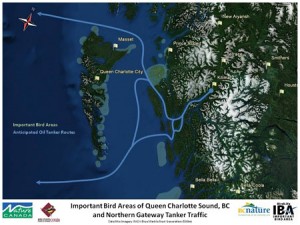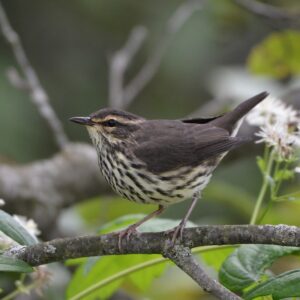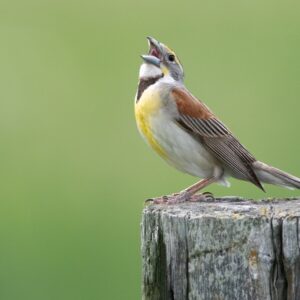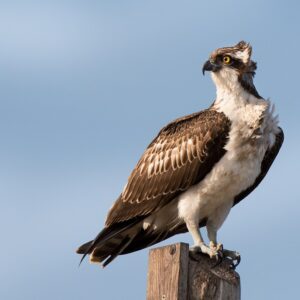Enbridge’s Northern Gateway Project Threatens B.C.’s Fragile Ecosystems and Coastal Communities

More than two decades ago, the Exxon Valdez ran aground, spilling 40 million litres of crude oil into Prince William Sound and causing irreversible damage. Now, Enbridge Inc. wants to bring the same risk to B.C.’s pristine coastal waters and rainforest with its Northern Gateway Project.
Today, Enbridge Inc. is awaiting approval of a proposed pipeline that would carry oil from the tar sands to a port at Kitimat, British Columbia. After travelling nearly 1,170km through pristine wilderness and First Nations homelands, tar sands oil would be loaded on tankers bound for Pacific markets. To get there, they must first navigate the perilous northern B.C. coast, travelling the same waters where the Queen of the North ferry sank in 2006. An oil spill in this area would:
• Cause irreversible harm to the livelihoods of many coastal and aboriginal communities
• Fragment the Great Bear rainforest and the boreal forest, home to birds and other wildlife, including Caribou and Grizzly Bears
• Expose 28 Important Bird Areas teeming with marine birds, fish and other animals to oil pollution from increased tanker traffic and an impossible-to-rule-out oil spill.
Nature Canada, and many stakeholders from First Nations to Members of Parliament, oppose the project on the grounds that it poses unacceptable risks to the ecosystems and coastal communities of British Columbia’s northern coast. In collaboration with BC Nature, we are preparing for the upcoming hearings on the Northern Gateway Project that will determine whether the pipeline is built. Our primary interest is the potential impacts of the project on wildlife (including birds) and their habitats. As joint interveners in the Joint Review Panel process we will be focusing on potential impacts on terrestrial wildlife and habitat along the pipeline route, with special attention to Woodland Caribou, and on terrestrial and marine birds and their habitat along the pipeline route and in the coastal waters through which the oil would be shipped (including Important Bird Areas).
We have hired three experts with in-depth knowledge and experience on these different aspects who are helping us review Enbridge’s application in order to verify whether it has accurately assessed the potential impacts of its proposed project. Our experts have so far identified many areas where the application is inconsistent, vague or has errors and omissions.
This past August, we submitted our questions to Enbridge as part of the information request step of the process. Enbridge will respond to these requests by October 6, and following a second round of information requests, we will file our written submission with the Joint Review Panel by December 23. In that submission, we will provide our own evidence regarding the project’s potential impact on Woodland Caribou, birds and Important Bird Areas, ensuring the Panel has the information it needs to understand the potential impact of the project on the ecosystems it proposes to alter so significantly.
Further down the line, our evidence will be reviewed by the Panel and our experts may need to defend our evidence when we reach final hearings in the summer of 2012. We will keep you up to date on our progress – so stay tuned! In the mean time, you can participate in the hearings by sending a letter to the Joint Review Panel by March 13, 2012, or making an oral statement at the community hearings (registration ends October 6).
Want to learn more about the Northern Gateway Project? Visit our website!



